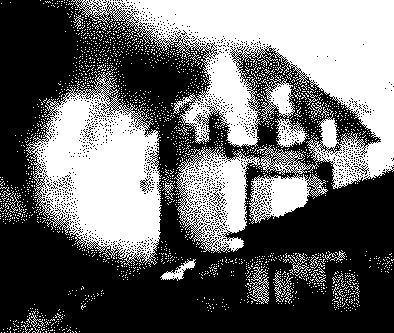An art & technology project (?) called a Descriptive Camera uses Amazon Mechanical Turk to generate, instead of photos, small slips of paper with descriptions of the object or scene viewed through the lens. The webpage summary got me thinking of the ethics of this type of endeavor, after I stopped crying over the people in trailers and hovels putting honest effort, for micro-pittances, into this sophisticated student project. The camera may not be art but it provoked an art-like emotional reaction and that reaction was Weltschmerz.
Usually with Wikipedia articles I go straight to the "Criticism" section; the Mechanical Turk article's is suprisingly small. The article footnotes led to these resources, however (all from 2010):
How Mechanical Turk is Broken. From an economics standpoint, "the site will continue to function primarily as an object lesson in the ways that poorly constructed markets fail."
Work and the Internet. Some considerations of whether Turk skirts minimum wage laws. (I'd say yes.)
Mechanical Turk: Now With 40.92% Spam. This one is truly perverse: it used Turk workers to classify Turk projects as spam or not.
No conclusions yet; this post is a listicle of other thoughts on the subject. Probably we should be thinking about this. Just because a tech service doesn't work doesn't mean it won't eventually become the new labor pool model for all jobs.
(hat tip Alessandra)



